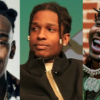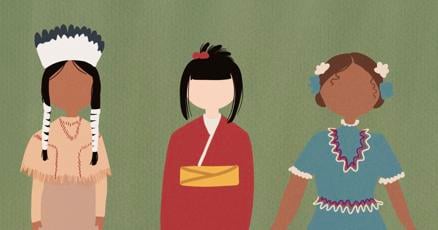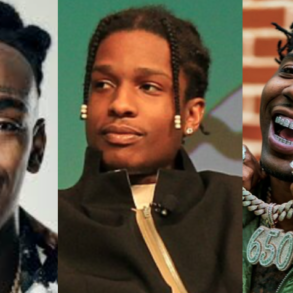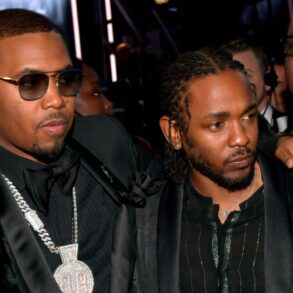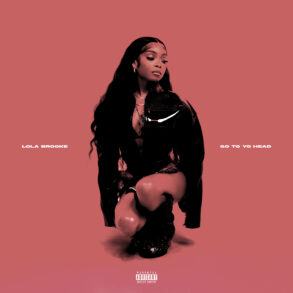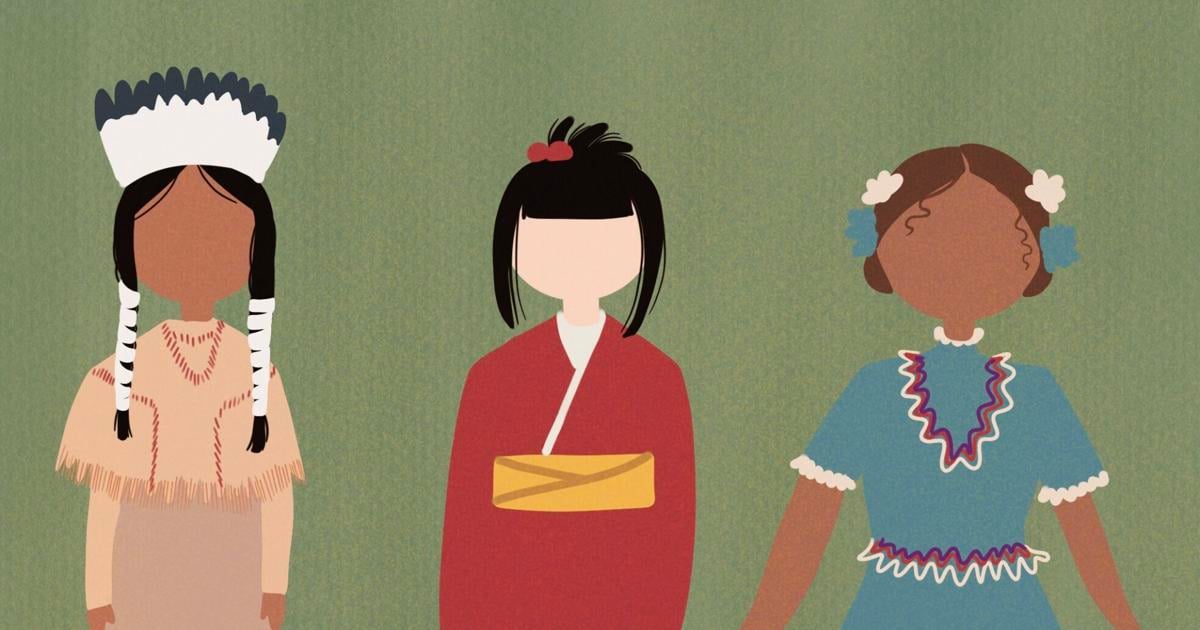
Cultural appropriation and cultural misuse are highly prevalent social staples that are not greeted with the severity of action or distaste that should be warranted, although one might not think so because of how heavily the topic is discussed in wider media and online.
This social ignorance of cultural conductors leads to further dissemination that has escalated beyond the appropriate usage of culture outside its original context, such as the misuse of language in a context that actively applies it incorrectly.
This rapid growth reinforces efforts to impose neglect upon these concerns; a neglect that is not called into question as much as it should be, especially when it applies to the blatant misuse of cultural staples among people not of that culture.
There is a difference between cultural appropriation, cultural misuse and proper cultural dissemination. Proper cultural diffusion has actual roots and contact with the culture that is being used.
This in effect gives an actual inside perspective on the culture to give an outsider or an observer an actual tether to base their use of cultural touchstones, unlike it coming from perceived or dramatized conclusions bolstered by media.
This leads to the perception that media-centric experiences can be traded as easily accessible social currency for immediate access into cultural regions they are unfamiliar with such as the use of African American Vernacular English (AAVE).
It becomes a problem when, for instance, there is Southern-based vernacular that is being misappropriated and used as common “slang” for people who do not understand its cultural significance such as calling something the “trap”, a southern phrase to describe drug dens, being instead used by Californians to describe where they hang out at because they heard it in a song.
Although much of the language is being reattributed to Gen Z in classical grouping of weird generational norms, much of it originated from Black Americans, primarily Black women and Black queer individuals.
However, slang is now used in the common vernacular, but was never fully given credit to those it belongs to. The wider culture does not acknowledge those words belonging to them.
This commonly comes from companies commercializing language and the increased popularization of the language due to media, once again using “slang” from ethnic minorities such as AAVE being coined as Gen Z slang.
Most modern trends on the internet are an excellent representative of this, but a specific example is the popularization of the word “simp” back when it became the go-to-word of the week that no one in non-Black spaces uses anymore.
“Simp” was popularized by the rapper “Too Short” in the late 1990s to Black spaces while the trend on the internet began in 2019 and the word now has the legacy of being irrelevant cultural trash by people who were not in that space to begin with.
There is a readiness to shrug off the concerns of minority groups when it comes to the distribution of their language, food or fashion without their approval or benefit. When a specific minority group raises the issue, they are shrugged off, either being told that they are making a mountain out of a molehill, or told that they are not allowing proper cultural exchange to occur.
Slang gets bad representation and undeserved lower weight in this cultural landscape. It is rendered widely used but garners a status of being ineffectual along with other forms of expression, such as fashion like streetwear, that are not deemed important.
These creations produced by non-traditional American cultural bodies such as those based in hip-hop culture and non-American cultural bodies from international cultural diffusion such as those based in East Asia, widely Japan and Korea in the modern day, are only seen as the markers of trends, or seen as footnotes for the wider culture to be built upon.
Hip-hop and East Asian culture currently maintain the market dominance that they have had for decades and are still treated as trends that will pass with something new emerging. Examples such as rap beats and anime are more intertwined in our wider culture than anything else and have remained so since they emerged in the Westy decades ago, yet are still relegated to trends that will pass by any second.
Hip-hop was not taken seriously as a musical art form for years, stemming from its preference for rhythm and foundations of inner-city aesthetics as the target audience and core artistic demographic for hip-hop was those from an impoverished and Black American background, making it seemingly commercially stagnant.
After it was proven that it was a viable enterprise, then record companies began pursuing it for monetary gain, leading to an increase in its cultural presence. Still it was not taken seriously, for decades, until it became a juggernaut cultural force.
This trend of cultural significance with a lack of actual artistic appreciation continued for decades. Everyone wanted a piece of the money that hip-hop made so many people attempted to engage in it, even if they could never connect to it. Hip-hop is a shining example of this being done to many other cultural movements.
This is not to say that non-Black and non-impoverished people were not welcome in hip-hop, but those that were never actually a part of the culture attempted to engage with it in ways that do not uphold its values.
Just as the approach to so many other cultural interactions are treated. The highest value held up in hip-hop’s infancy was authenticity, as it is for most counter-cultural movements, but many began to become less authentic in presentation and relatability as many acts emerged.
Cultural customs and vestiges can exist outside of their original cultural context, but these are not taken in a sharing, loving and understanding capacity. They are being taken in ignorant capacities and being used without any forethought to understand why accessibility through the original culture is important.
These roots into culture matter and they are necessary for the proper spreading of cultural knowledge, wisdom and experience in order to not devalue or dilute its original form or meaning.
Culture is the social lifeblood that keeps the hearts of the world pumping and sharing as much of it as possible keeps the hearts of humanity healthy. However, the packaging and delivery of this blood must be done correctly in order to not poison or dilute the reserves in the world’s most important social blood banks.
This post was originally published on this site be sure to check out more of their content.

